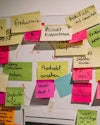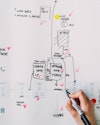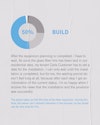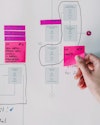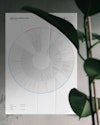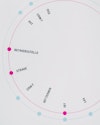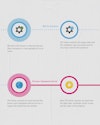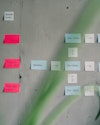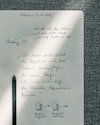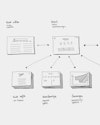Consolidated knowledge
Align your team and pool your knowledge onto a shared visual map
Staunch support
Gain supporters in your organisation and build consensus around your vision
Informed decisions
Use the insights from journey mapping for informed UX-decisions
Clear priorities
Prioritise features and focus on the most important issues first
Sound investments
Make informed decisions about investments in your customer experience
Triggers for change
Drive processes for customer-centric change across teams
Quick insights
Tap into gained insights immediately and utilise them for continuous improvement

















